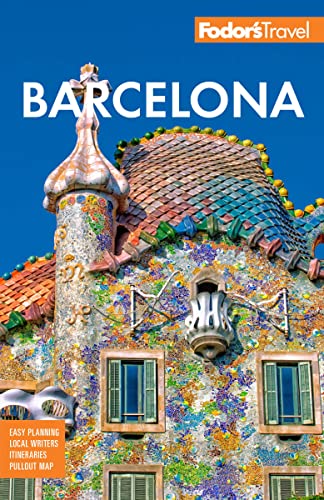The promenade in the heart of pre-modern Barcelona was originally a watercourse, dry for most of the year, that separated the walled Ciutat Vella from the outlying Raval. In the 14th century, the city walls were extended and the arroyo was filled in, so it gradually became a thoroughfare where peddlers, farmers, and tradesmen hawked their wares. (The watercourse is still there, under the pavement. From time to time a torrential rain will fill it, and the water rises up through the drains.) The poet-playwright Federico García Lorca called this the only street in the world he wished would never end—and in a sense, it doesn’t.
Down the watercourse now flows a river of humanity, gathered here and there around the mimes, acrobats, jugglers, musicians, puppeteers, portrait artists, break dancers, rappers, and rockers competing for the crowd’s attention. Couples sit at café tables no bigger than tea trays while nimble-footed waiters dodge traffic, bringing food and drink from kitchens. With the din of taxis and motorbikes in the traffic lanes on either side of the promenade, the revelers and rubberneckers, and the Babel of languages, the scene is as animated at 3 am as it is at 3 pm.
From the rendezvous point at the head of La Rambla at Café Zurich to the Boqueria produce market, the Liceu opera house, or La Rambla’s lower reaches, there is something for everyone along this spinal column of Barcelona street life.






